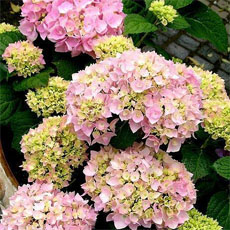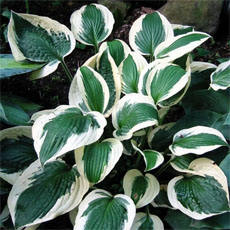Beetle, Mexican Bean Beetle
Epilachnavarivestis
Order
Family
Genus
Species
Regional
This bug has been reportedly found in the following regions:
Mobile, Alabama
Paonia, Colorado
Bear, Delaware
Rome, Georgia
Ames, Iowa
Peosta, Iowa
Newbury, Massachusetts
Bloomfield, New Mexico
Pelzer, South Carolina
Fairview, Tennessee
show allFeatured Videos
Gardener's Notes:
Sort By:
P
Peasant
Newbury, MA |
September 2011 |
Negative
As the others have noted, these bugs - in both beetle and caterpillar form - turn bean leaves into lace and eat and deform beans as well. I have tried several neem formulations without much success - hand-picking/squishing the bugs seems most effective.
Question: if you use a row cover, how do the flowers get pollinated?
Question: if you use a row cover, how do the flowers get pollinated?
R
RKGarden
Ames, IA |
March 2007 |
Negative
Mexican bean beetles decimated our beans in 2005. I used a pyrethrum (chrysanthemum-based) pesticide, but apparently applied it too late or lightly. The pyrethrum was suggested by an uncertified organic grower, but some pyrethrum products may now be certified for organic use.
In 2006, I used lightly anchored floating row-covers to keep the beetles off of the plants, that kept the numbers manageable with very minimal spraying and hand-picking
In 2006, I used lightly anchored floating row-covers to keep the beetles off of the plants, that kept the numbers manageable with very minimal spraying and hand-picking
I
IAJo
Peosta, IA (Zone 4b) |
March 2007 |
Negative
These bugs ruin your green beans with little bites that turn into black spots all over them, and they bite hard when they land on exposed skin. They also seem to infiltrate homes and like to be in sunny areas and crawl on the ceilings. The best remedy in the house to vacuum them up. NEVER squash them inside, they have a horrible bitter odor. The birds will not eat them, so they probably are a nasty tasting b ug. I use a spray or powdered insecticide on my beans approximately 5 to 7 days before I want to harvest them, so the insecticide is usually washed off by rain or the sprinkler.


















































